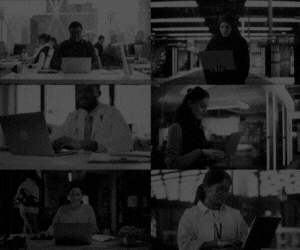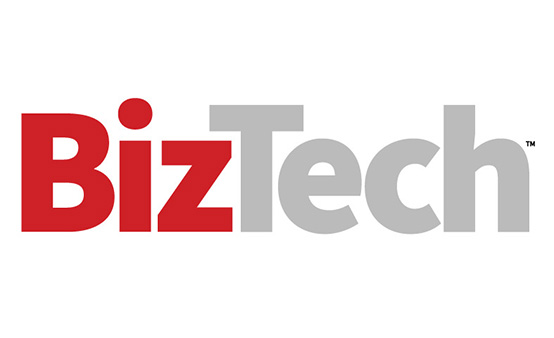BIZTECH: A recent study by Jon Peddie Research found that using multiple monitors can increase productivity by up to 42%. How?
TOH: The reason is simple: less disruption and more efficiency. With more screen real estate, you can keep applications open side by side and minimize tabbing through windows.
A financial analyst might monitor live market data on one display, analyze spreadsheets on a second screen and video chat with a team on a third. This kind of parallel workflow is much faster because you can see everything immediately.
Analysts and advisers are often running several data-heavy applications at once. Having extra monitors lets you interact with these AI tools and real-time data sets more effectively.
In short, bigger digital workspaces are essential for managing the complexity and speed of modern financial workflows. Additional screens keep all of the information you need in view so you can work smarter and respond faster.
EXPLORE: See the Lenovo and CDW solutions that can improve your digital workspace.
BIZTECH: Let’s talk about how trading desks work on the go. How does the setup work?
TOH: Financial professionals are optimizing their hybrid setups by investing in a consistent tech ecosystem that travels with them.
A typical day might start in the office, where a laptop quickly docks into a monitor setup with zero friction. That same laptop heads into a meeting with a portable USB-C monitor for on-the-spot collaboration, then moves home for after-hours work, where the same tools and layout are ready to go.
BIZTECH: Do all these devices come built-in with these displays and can plug and play?
TOH: With matching peripherals, displays and connectivity across environments, there is no time lost to reconfiguration. Whether a user is in a high-rise boardroom or an airport lounge, the goal is to maintain continuity and consistency across all environments — without the friction of constantly adapting to new setups.
CHECK OUT: Learn about the financial solutions and services that can grow your business.
BIZTECH: Financial services face strict compliance regulations. How do these devices help keep data protected?
TOH: With the amount of sensitive information being managed, every device in the workflow must be secure. We integrate protection at every level, from BIOS-level security and secure authentication to remote manageability.
With respect to monitors, the Lenovo Display Fleet Manager allows IT teams to centrally monitor, update and manage deployed displays. This ensures that each display is part of a controlled, compliant ecosystem that reduces risk.
BIZTECH: What kind of privacy settings are built into these screens while teams are working on the go?
TOH: These devices are designed with privacy screens. There is Microsoft Windows Hello and built-in Ethernet, which offers encryption and hardware-level data protection.
Smart features such as automatic screen blurring when the user looks away or when someone is detected behind them adds an extra layer of protection and privacy.
BIZTECH: What will financial teams need next from their portable monitors and displays?
TOH: The next iteration of visual technology will incorporate security and energy efficiency as an industry standard. AI will also be at the center of these advancements. In fact, 42% of organizations surveyed believe that AI-powered devices boost employee productivity and experience.
We are already integrating AI features to suppress noise during conference calls and safeguard certain professional data. We’ve also recently expanded our portfolio of AI-ready devices, including the ThinkVision P40WD-40 curved ultrawide display which reduces eye strain and the Lenovo Magic Bay HUD, that adds ease to everyday workflows.
UP NEXT: See the work-from-anywhere solutions that can improve your daily experience.
These ultrasecure portable displays show information based on the user, AI-optimized multitasking layouts that increase efficiency, and even biometric- or visual cues that enhance security right on the monitor.
I expect even more emphasis on real-time data protection, remote manageability and seamless cloud integration.














